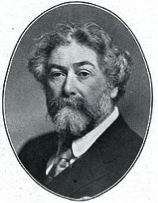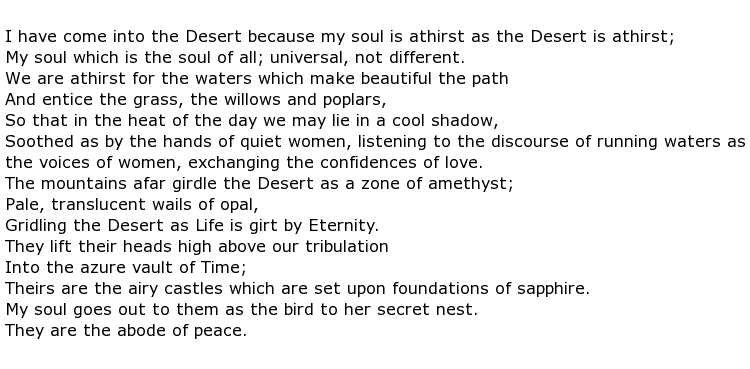 The American writer, lawyer, artist and soldier, who was more commonly known as C E S Wood, was a major figure in the 19th century civil liberties movement where he worked tirelessly to right the wrongs of his countrymen against many displaced Native American tribes. Although poetry was a part of his literary output his best known work was a satirical collection of essays called Heavenly Discourse which was published in 1927. It took the form of discussions, usually imaginary, between such characters as Theodore Roosevelt, Mark Twain, Tom Paine, Jesus Christ and God. Although an ex-military man himself, Wood took a highly critical stance against militarism in particular and religious intolerance in general terms.
The American writer, lawyer, artist and soldier, who was more commonly known as C E S Wood, was a major figure in the 19th century civil liberties movement where he worked tirelessly to right the wrongs of his countrymen against many displaced Native American tribes. Although poetry was a part of his literary output his best known work was a satirical collection of essays called Heavenly Discourse which was published in 1927. It took the form of discussions, usually imaginary, between such characters as Theodore Roosevelt, Mark Twain, Tom Paine, Jesus Christ and God. Although an ex-military man himself, Wood took a highly critical stance against militarism in particular and religious intolerance in general terms.
He was born Charles Erskine Scott Wood on the 20th February 1852 in Erie, Pennsylvania. A military career will have been on his radar when he graduated from the famous United States Military Academy at West Point in 1874 and he soon found himself, as an infantry officer, up against Native American tribes in the Nez Perce War of 1877. This was a final flurry of defiance by so-called “non-treaty Indians” who were being coerced, by the US Army, into moving off their ancestral lands and onto an authorised reservation. Wood was there when Chief Joseph surrendered on behalf of his fellow tribesmen and read out a statement that had been written by Wood for him:

The course of this enforced resettlement did not go smoothly though and Wood worked hard on behalf of the disadvantaged people, with Chief Joseph becoming a close friend of his. Following his military service he settled into the life of a well-respected attorney in Portland, Oregon and also found time to write for the Pacific Monthly magazine. Many figures from the art and literary world were regular house guests at the Wood residence.
He was a prominent figure in both legal and political circles well into the 20th century and, whenever and wherever he could, Wood did his very best to upset the carefully ordered ways of the courts and government circles. He referred to the federal courts as “police courts” and espoused the opinion that

In addition to his outstanding skills as an advocate and writer, Wood was also an accomplished painter. He captured many aspects of Native American life on canvas, favouring especially the beauty of the still, largely unspoiled, country. His friends were numerous including writers such as John Steinbeck, the famous lawyer Clarence Darrow and the artist Childe Hassam.
Charles Wood was a very well educated man who, at various times spent at Columbia University, collected both a degree in Law and a Ph.D. He had some success with published work including a piece called Poet in the Desert, published in 1915. While serving as a soldier he experienced the worst of the country in hot, dry desert regions although, even here, there was some beauty to be found. Here are the first two verses of that poem:

Much of his published work was written from his retreat in California known as “The Cats”, a house that he shared with his second wife, fellow poet Sara Bard Field, during the final twenty five years of his life.
Charles Erskine Scott Wood died in Los Gatos, California on the 22nd January 1944, aged 91.

